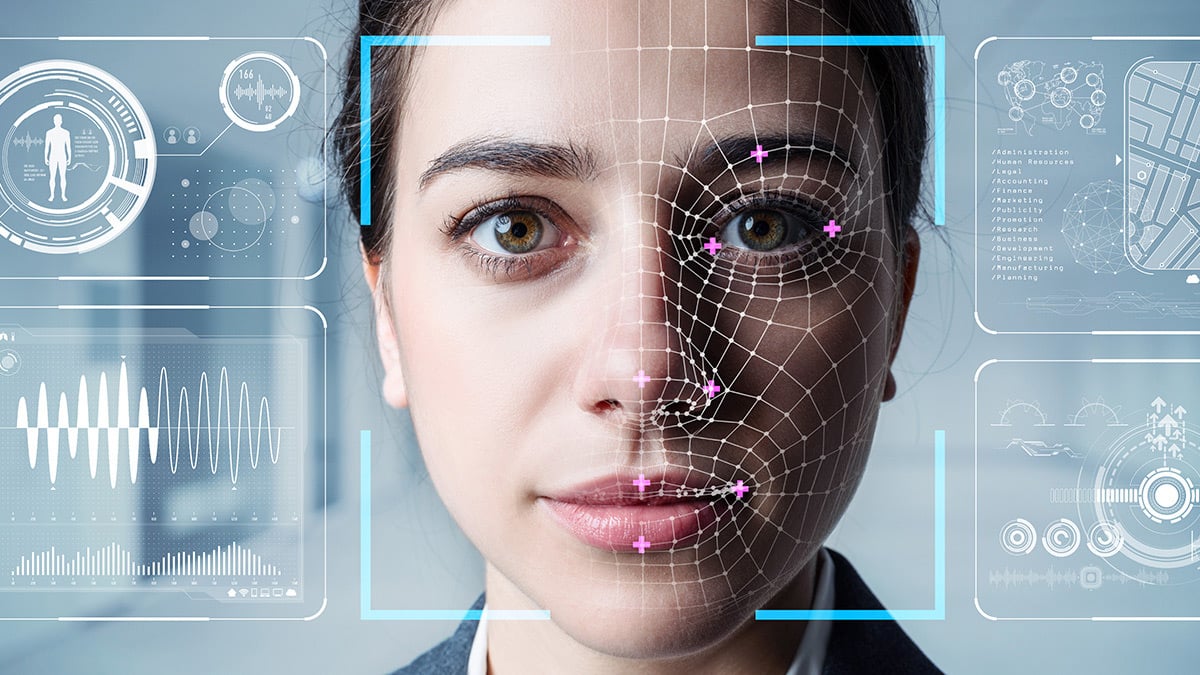What Are Deepfakes?
Deepfakes are synthetic media in which a person in an existing image or video is replaced with someone else's likeness, or a person is made to say things they never actually said. The term "deepfake" comes from "deep learning" and "fake," highlighting the technology's reliance on deep learning algorithms to produce convincing simulations of reality.
These AI-generated creations are typically made using techniques such as Generative Adversarial Networks (GANs) or autoencoders. GANs involve two neural networks: one generates fake content while the other evaluates it, leading to progressively more realistic results as the two networks "compete" with each other.
Applications of Deepfakes
Entertainment and Media: Deepfakes have the potential to revolutionize the film industry. Imagine actors being digitally resurrected to reprise roles, or using deepfake technology to create stunning visual effects. However, this also raises ethical questions about consent and the potential exploitation of deceased actors' likenesses.
Education and Training: In educational contexts, deepfakes can be used to create immersive historical reenactments or simulate real-life scenarios for training purposes. This can enhance engagement and provide a more interactive learning experience.
Marketing and Personalization: Brands are exploring deepfake technology for personalized advertisements, where consumers might see tailored messages featuring their favorite celebrities. This could lead to highly targeted and impactful marketing campaigns.
The Dark Side of Deepfakes
While the potential benefits are notable, the misuse of deepfake technology poses significant risks:
Misinformation and Fake News: Deepfakes can be used to spread false information, creating videos of public figures saying things they never actually said. This can undermine trust in media and exacerbate the spread of fake news.
Fraud and Cybersecurity Threats: Deepfakes can facilitate various types of fraud, such as identity theft or social engineering attacks. For instance, a deepfake video might be used to impersonate someone in a sensitive position, leading to unauthorized access or financial loss.
Privacy Concerns: The technology can be exploited to create non-consensual explicit content, violating individuals' privacy and causing emotional distress. This misuse highlights the need for robust legal frameworks to protect against such abuses.
Navigating the Deepfake Landscape
As deepfake technology continues to advance, it's crucial for individuals and organizations to stay informed and vigilant. Here are a few steps to navigate this evolving landscape:
Develop Critical Media Literacy: Enhance your ability to discern genuine content from manipulated media. Look for inconsistencies in videos, such as unnatural movements or mismatched audio.
Support Legislation and Ethical Guidelines: Advocate for policies that regulate the use of deepfakes, particularly in areas where they can cause harm. Support initiatives that promote ethical AI development and usage.
Invest in Detection Tools: Utilize emerging technologies designed to detect deepfakes and other types of manipulated content. Researchers and tech companies are continuously developing tools to identify and combat fake media.
Foster Open Dialogue: Engage in discussions about the ethical implications of deepfake technology. Raising awareness and sharing knowledge can help mitigate potential risks and promote responsible use.
Conclusion
Deepfakes represent a powerful and transformative technology with the potential to both enhance and challenge various aspects of our lives. While they offer exciting possibilities for creativity and innovation, their risks and ethical dilemmas must be addressed proactively. By staying informed and advocating for responsible practices, we can harness the benefits of deepfakes while mitigating their potential downsides. As we navigate this new era of AI-generated media, it's essential to remain vigilant, thoughtful, and proactive in ensuring that this technology serves the greater good.
